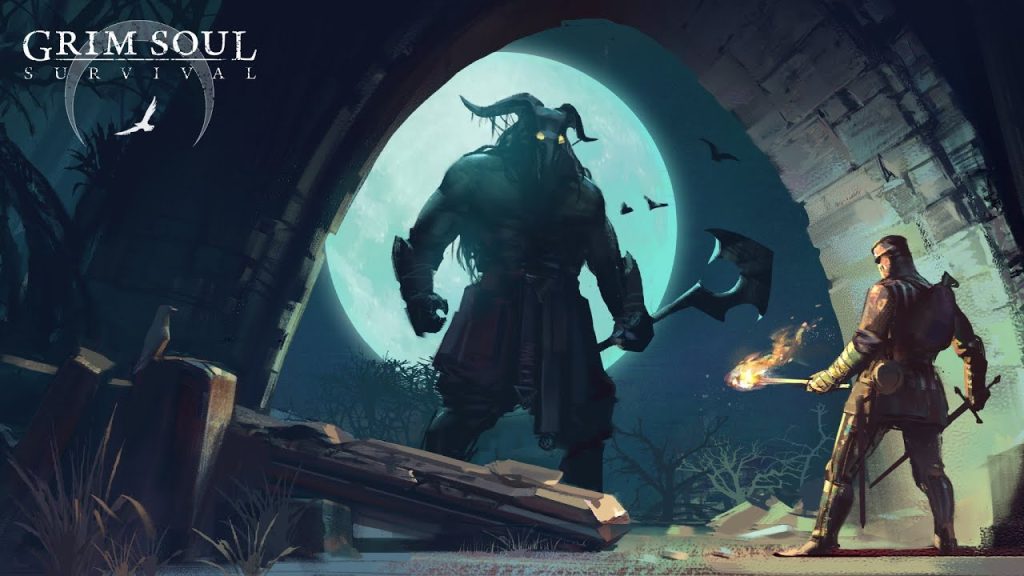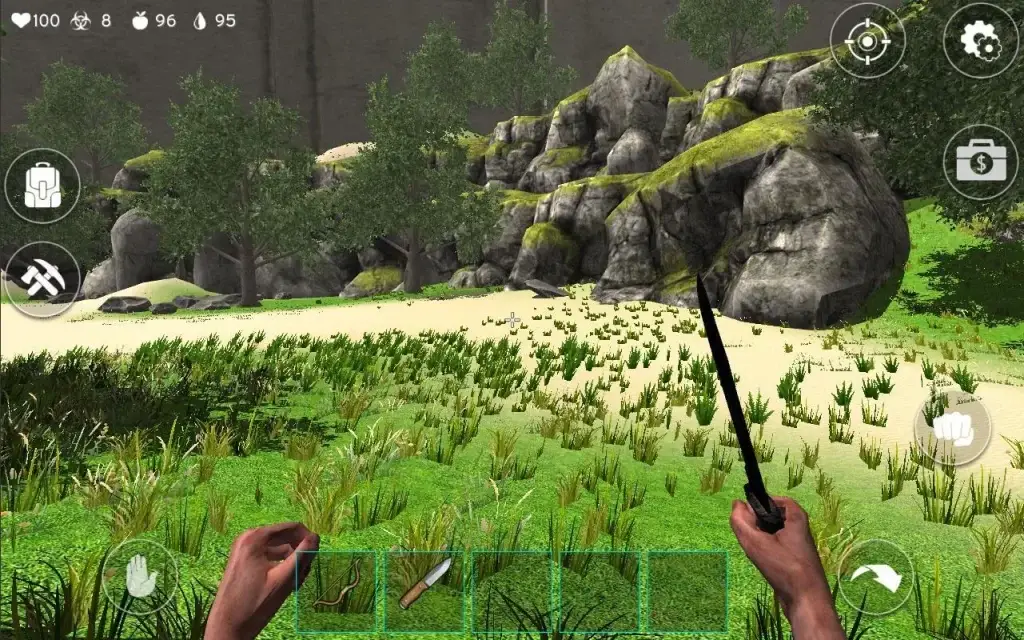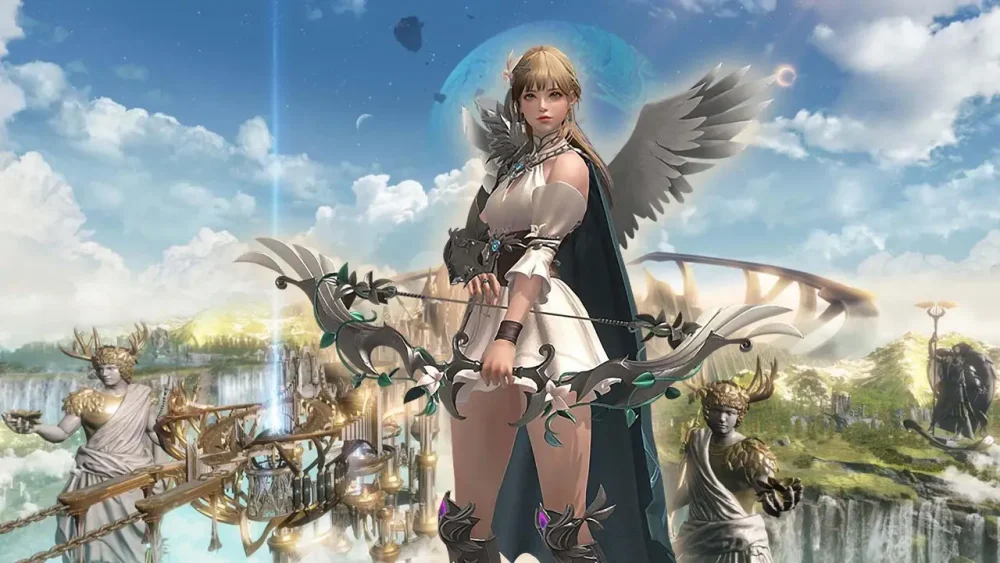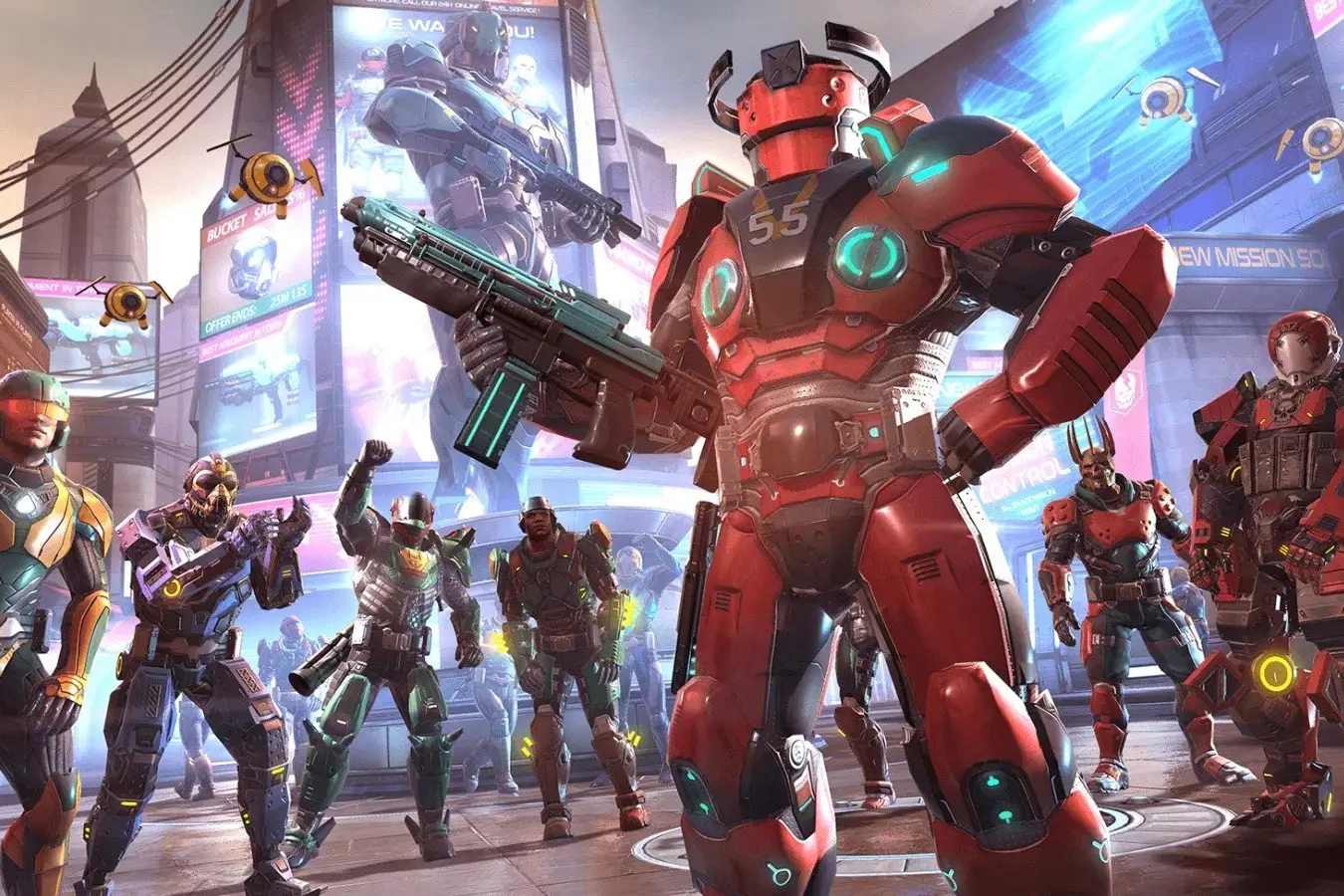Mobile games have long ceased to be a five-minute entertainment. This is especially noticeable in the survival genre. Here, every step requires calculation, every resource is valuable, and every mistake is a reason to start over. Android survival games combine strategy, crafting, exploration, and a constant threat from the environment, enemies, and internal crises. This selection includes only projects where the struggle for survival is the central gameplay idea, proven by mechanics, design, and engagement.
The survival genre rarely offers such an unforgiving starting point. The player begins alone, without allies, without an intro, and without rescue instructions. There are no tutorial missions or hints. The world, devastated by a man-made catastrophe, has reduced civilization to ashes. All that remains are ruins, contaminated lands, a few survivors, and the shadows of the past. In this chaos, the player must rebuild from scratch, where every step is not an abstract quest but a tactical decision.
The starting point is survival in an empty area. No house, no weapons. The player doesn’t just collect resources; they realize that everything around them has been destroyed or infected. Trees are not only a source of wood but also provide shelter. Stones are not just decorative elements but also serve as materials for crafting knives, axes, and furnaces. Everything is useful if you manage to survive until the next dawn.
From the very first minutes, you have to build a strategy for dozens of hours ahead. Development is divided into three axes: base, inventory, and transport. Each requires investment, logistics, and planning. You won’t be able to collect resources and build a shelter in a single raid. You’ll need to study the map and choose zones: easy zones with berries and junk, medium zones with weapons and fabrics, and challenging zones with risk but also valuable blueprints.

The crafting system is based on the principle of “everything is recyclable”: fabrics are turned into bandages, iron is turned into armor, and food is turned into canned food or chips. The player adapts each find because everything is useful. Even broken parts can be used to create traps, fortifications, and generators. The key is to do it before the next attack.
Resources are not an abstraction. They have weight, take up space, and require transportation. At some point, the challenge becomes not just “what to get,” but “how to carry it” and “where to hide it.” The development of the base becomes not a goal, but a tool for survival. Fortified walls, traps, and shield structures have saved us more than once.
 Grim Soul is not just a fantasy survival game for Android. It’s a concept where aesthetics and gameplay are driven by a single idea: doom. The gray palette, the frozen trees, the blood-red sky, and the oppressive music all contribute to the sense of foreboding. The world may be dead, but the player is forced to keep moving. Not for salvation, but for another day. Each location serves as a narrative fragment. Abandoned temples, burned-out villages, and torture chambers. There are no friendly NPCs. The enemy is the environment itself. Even the resources are “cursed”: water can only be found in turtles, and food can only be found on bones. This is not just a setting, but a game pressure.
Grim Soul is not just a fantasy survival game for Android. It’s a concept where aesthetics and gameplay are driven by a single idea: doom. The gray palette, the frozen trees, the blood-red sky, and the oppressive music all contribute to the sense of foreboding. The world may be dead, but the player is forced to keep moving. Not for salvation, but for another day. Each location serves as a narrative fragment. Abandoned temples, burned-out villages, and torture chambers. There are no friendly NPCs. The enemy is the environment itself. Even the resources are “cursed”: water can only be found in turtles, and food can only be found on bones. This is not just a setting, but a game pressure.
The combat system does not forgive chaos. Simultaneous strikes, incorrect weapon selection, and lack of stamina all lead to death. The character has a limited energy reserve that can be used for running, striking, and dodging. Each action must be carefully planned. The weapon system is based on the principle of time-limited use, as weapons can break. Swords, spears, bows, and halberds each have their own unique rhythm and range. Players must adapt their weaponry based on the enemy and the location. Direct combat is risky. Stealth, traps, and poisoned baits are often more effective.
Raft doesn’t use standard post-apocalyptic scenarios. There are no radioactive wastelands, zombies, or aliens. The enemy is water. The survival game for Android immediately puts you in a state of vulnerability: a one-cell-sized raft, thirst, the sun overhead, and no islands in sight. You can’t hide, stop the current, or “sit out.” Every piece of debris that floats by becomes a chance. A board is the foundation of a new section. Plastic can be a canister, a hook, or a bottle. Leaves are fuel and rope.
The raft grows not only in width, but also in depth. Gradually, it develops floors, gardens, rainwater collectors, bonfires, furniture, traps, tents, and radio communication stations. Each new feature is part of a strategic objective. Without navigation, it is impossible to reach new resources. Without gardens, it is impossible to obtain food. Without filters, death from thirst is inevitable, even in the presence of water. The raft transforms into a home, a boat, and a refuge. However, it remains vulnerable at all times. A shark can destroy any module. A storm can blow away a campfire. An overload can sink a part of the structure. There is no comfort zone here; every achievement requires support, repair, and attention.
At the start, the threats are simple: sharks, hunger, and thirst. However, as you progress, new threats emerge: poisoned fish, weather anomalies, and oxygen limitations during dives. You gradually discover islands with aggressive fauna, underwater caves, and contaminated areas. The player faces a real evolution of danger.
Tinker Island offers pixel graphics and turn-based controls, but behind its simplicity lies a deep crisis management mechanic. The player controls a group of survivors stranded on an island after a shipwreck. There are no scripts or cutscenes. Everything is based on choices. Each character has unique skills, stats, and weaknesses. Some are better at gathering resources, others at healing, and still others at exploration. Misallocation can lead to the demise of the team. Android survival games rarely offer this level of micro-management control.
Every action is a quest. Sending a hero to a cave is a risk. Sending a hero on a hunt is a risk of losing a wounded hero. Skipping a day of rest is a risk of lowering morale. This survival game for Android is not based on action, but on choices. You must constantly choose between what is necessary and what is urgent, between safety and chance. The story is dynamically generated. Pyramids, natives, and ancient mechanisms may appear. Sometimes a decision will open up a new region, and sometimes it will lead to the death of one of your team members. Everything affects the balance of power.

Frostpunk is a simulation of the end of humanity. In the center of the map is a huge heat generator. Around it is emptiness, frost, and death. The temperature drops every night. Food is running out. People are losing faith. The player becomes the ruler of the last colony, where every mistake has a real price. What sets Frostpunk apart from classic survival games is its scale and morality. Here, it’s not just one person who wins, but hundreds. It’s not just about managing resources, but also about managing emotions, fears, and hope.
The main resource is trust. People believe as long as they see a reason. To survive, you have to break the boundaries of morality. Introduce a labor code for children. Send the sick to laboratories. Create a cult of faith or a secret police. There is no “right” choice. Only a price.
 Survival games for Android are not just a way to have fun on the go. They are full-fledged crisis simulators where every action affects the outcome and every decision has a price. The concepts evoke emotions, tension, and a sense of real danger. This is where the genre finds its strength: in the constant struggle, the adaptation, and the daily, honest fight for a place in the sun.
Survival games for Android are not just a way to have fun on the go. They are full-fledged crisis simulators where every action affects the outcome and every decision has a price. The concepts evoke emotions, tension, and a sense of real danger. This is where the genre finds its strength: in the constant struggle, the adaptation, and the daily, honest fight for a place in the sun.

The mobile MMO market continues to push the technological and genre boundaries. Studios are no longer adapting PC mechanics; instead, they are designing for touchscreens and multi-screens from scratch. In 2025, new Android MMO games offer not just cut-down versions of the client, but fully-fledged game worlds with live economies, asynchronous interactions, real-time customization, and …

If all the games on your smartphone are boring and your soul is craving something new, it’s time to dive into the world of the best action games on Android. Here, every touch turns into a real adrenaline rush. The review will show how you can use an Android gadget to pump up your skills …